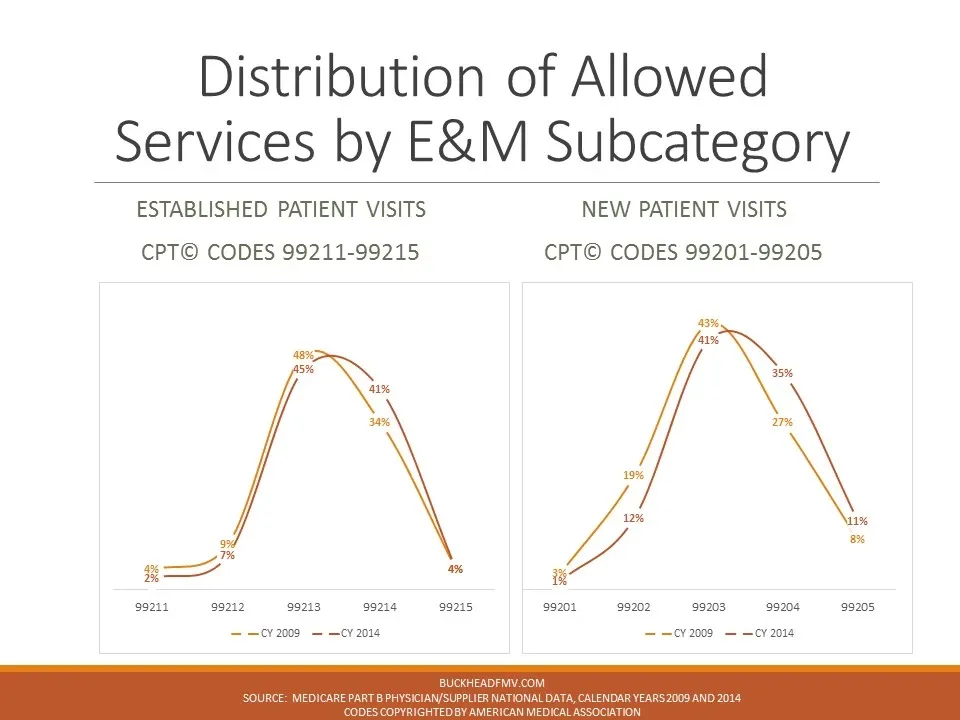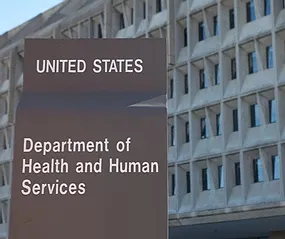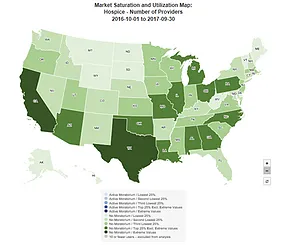E&M Bell Curves Are Shifting Right - What Can Physician Employers Be Doing?
Darcy Devine • July 13, 2016

Based on a review of Medicare Part B data, physicians used more high-level evaluation and management (E/M) codes in 2014 than they did in 2009. This is not a new trend. In 2012, the OIG issued the results of a study
showing that between 2001 and 2010, physicians increased their billing of higher level (i.e., more complex and expensive) E/M codes in all 15 visit types.
In light of the trends we are seeing, here are a few steps that physician employers can take to assess and reduce compliance risk.
1. Run distribution analyses on physician E/M codes. Compare the results to other physicians in the same specialty. (Data can be downloaded from the CMS website.)
2. Given the OIG's interest in how coding practices have changed over time, compare physician distributions to current CMS data as well as to CMS data from several years back. (Data back to 2008 is available on the CMS website.
The 2012 OIG study
provides data also provides a look at 2001 data.)
3. Compare physician Work RVUs to external benchmarks like the MGMA survey as well as to internal benchmarks. If Work RVUs look unusually high or low, there could be a coding issue or (more likely) the Work RVUs aren't being calculated properly.
4. Compare physician E/M coding distributions over time. Is there evidence that coding habits have changed?
5. Pay attention to the recommendations that the OIG had for CMS in the 2012 study: 1) continue to educate physicians on proper billing for E/M services; 2) review physicians' billing for E/M services; and 3) review physicians who bill higher level E/M codes for appropriate action.
Please contact us
if you would like any help with these analyses.

CON Laws, Scope of Practice Restrictions, and Provider Non-Compete Clauses Targeted in New Trump Adm
On Monday, December 3, 2018, the Department of Health and Human Services (HHS) – in collaboration with the Departments of the Treasury and Labor, the Federal Trade Commission, and several offices within the White House – released a report detailing recommendations for improving choice and competition in the healthcare industry.











